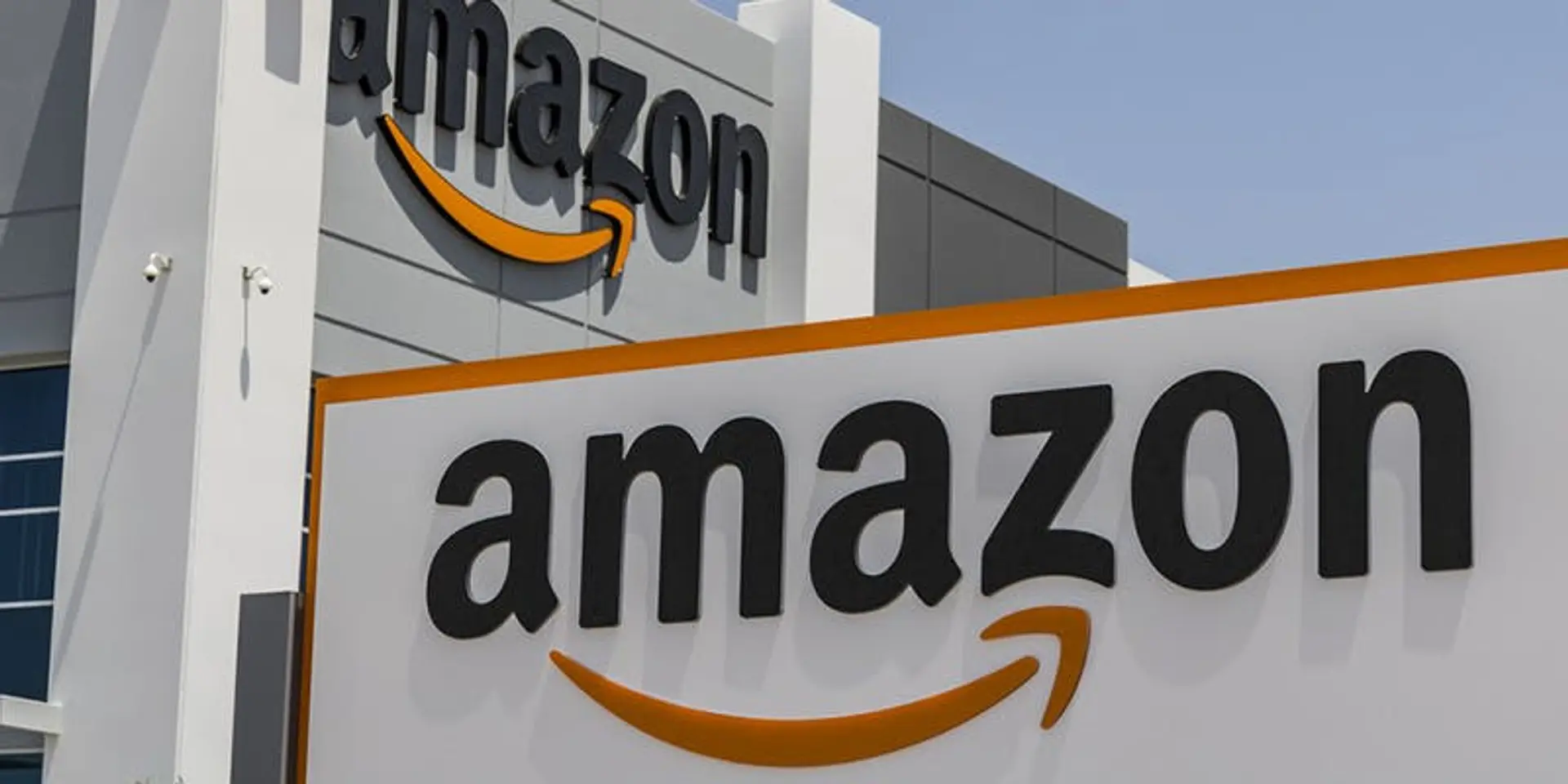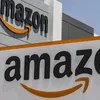Amazon US pledges over $5M to help India fight COVID-19
Amazon US has already procured critical life-saving equipment, including 82 anaesthesia ventilators, 1,238 BiPAP machines, and 60 ventilators for India.
As India grapples with a severe healthcare crisis due to the second COVID-19 wave, Amazon US is sending critical medical equipment worth over $5 million to support hospitals and other COVID care facilities across India.
As part of the initiative, critical life-saving equipment, including 82 anaesthesia ventilators, 1,238 BiPAP machines, and 60 ventilators have already reached India.
According to the company, the medical equipment will be distributed to Amazon’s on-ground community partners such as the American India Foundation, ACT Grants, and Swasth, who will distribute to verified hospitals and non-profit organisations across India to ensure it reaches communities where it is needed the most.

Additionally, the ecommerce major is donating transportation services to the American non-profit organisation India Association of Western Washington and working to support the US Chamber of Commerce Foundation and other US non-profit organisations to help get medical supplies to India.
Amazon is part of the US Chamber of Commerce’s Global Task Force to help India combat COVID-19.
“This is a severely difficult time for all of us in India. It is reassuring to see the business community come together to help the nation. Together with USIBC (US-India Business Council), we are working with NITI Aayog and MoHFW to identify hospitals in the most urgent need and enable the distribution of these ventilators to them across India,” said Amit Agarwal, Global SVP and Country Head, Amazon India.
To address the growing customer demand and shortage of critical medical equipment, Amazon India is also working with sellers on its marketplace to help bring about 9,000 oxygen concentrators for Indian customers.
The first batch of 1,000 oxygen concentrators (OCs) have already landed in India and are now available for purchase for consumers and business customers. The rest are expected to come through in the second half of the month.
Edited by Suman Singh








